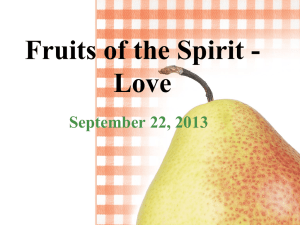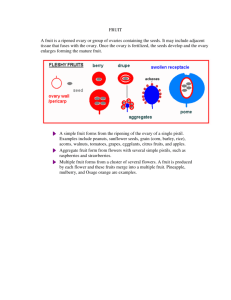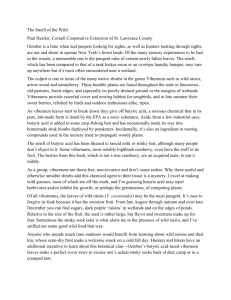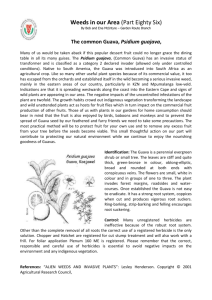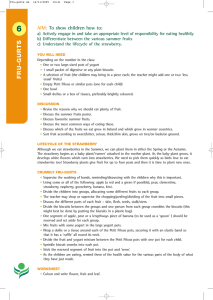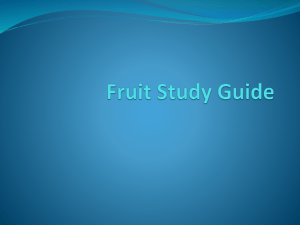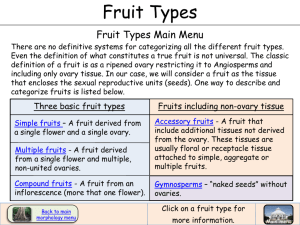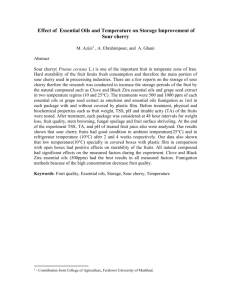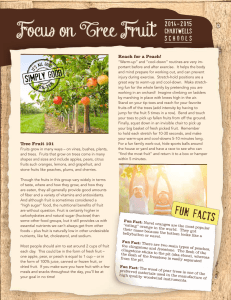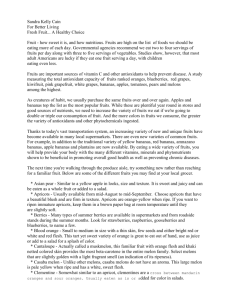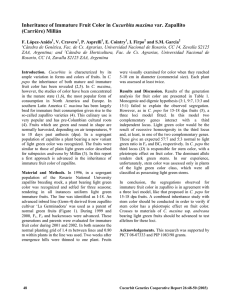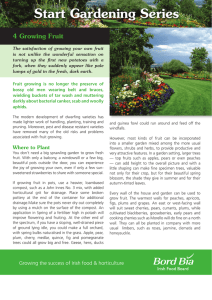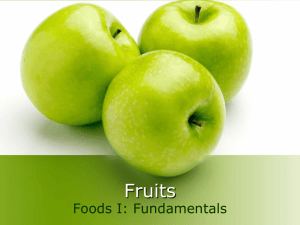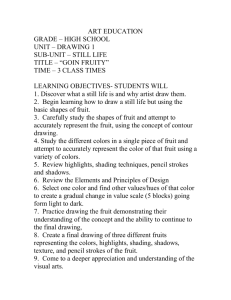tpj12617-sup-0007-Legends
advertisement
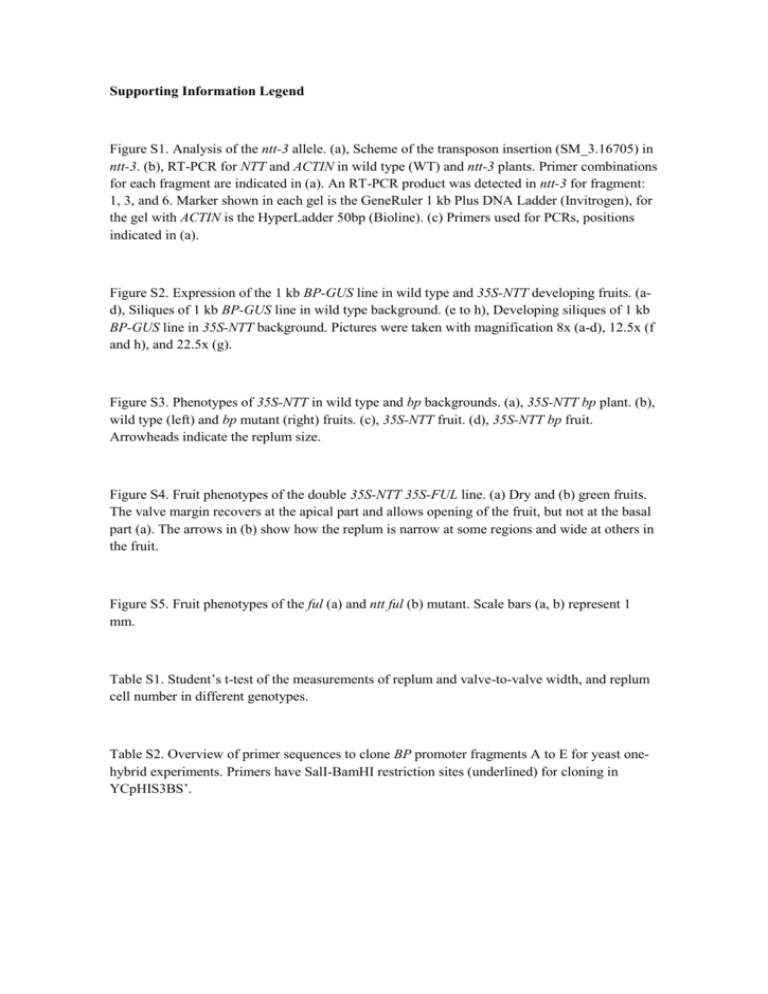
Supporting Information Legend Figure S1. Analysis of the ntt-3 allele. (a), Scheme of the transposon insertion (SM_3.16705) in ntt-3. (b), RT-PCR for NTT and ACTIN in wild type (WT) and ntt-3 plants. Primer combinations for each fragment are indicated in (a). An RT-PCR product was detected in ntt-3 for fragment: 1, 3, and 6. Marker shown in each gel is the GeneRuler 1 kb Plus DNA Ladder (Invitrogen), for the gel with ACTIN is the HyperLadder 50bp (Bioline). (c) Primers used for PCRs, positions indicated in (a). Figure S2. Expression of the 1 kb BP-GUS line in wild type and 35S-NTT developing fruits. (ad), Siliques of 1 kb BP-GUS line in wild type background. (e to h), Developing siliques of 1 kb BP-GUS line in 35S-NTT background. Pictures were taken with magnification 8x (a-d), 12.5x (f and h), and 22.5x (g). Figure S3. Phenotypes of 35S-NTT in wild type and bp backgrounds. (a), 35S-NTT bp plant. (b), wild type (left) and bp mutant (right) fruits. (c), 35S-NTT fruit. (d), 35S-NTT bp fruit. Arrowheads indicate the replum size. Figure S4. Fruit phenotypes of the double 35S-NTT 35S-FUL line. (a) Dry and (b) green fruits. The valve margin recovers at the apical part and allows opening of the fruit, but not at the basal part (a). The arrows in (b) show how the replum is narrow at some regions and wide at others in the fruit. Figure S5. Fruit phenotypes of the ful (a) and ntt ful (b) mutant. Scale bars (a, b) represent 1 mm. Table S1. Student’s t-test of the measurements of replum and valve-to-valve width, and replum cell number in different genotypes. Table S2. Overview of primer sequences to clone BP promoter fragments A to E for yeast onehybrid experiments. Primers have SalI-BamHI restriction sites (underlined) for cloning in YCpHIS3BS’.


